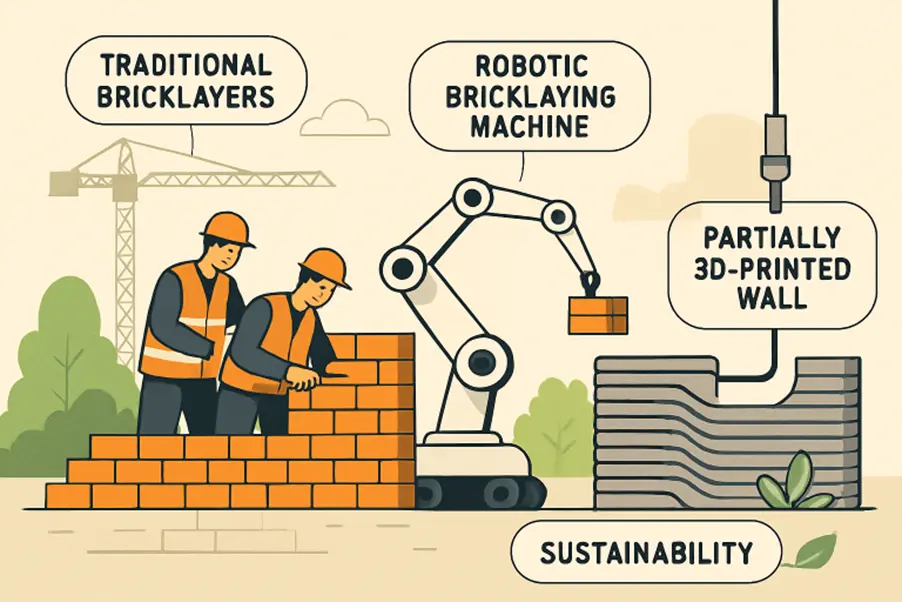The Road Ahead: Why Smart Car Insurance Strategies Matter
The driving landscape today is changing rapidly, with new risks around every corner and evolving technologies both helping and challenging drivers. With factors like distracted driving, rising repair costs, and more severe weather events, drivers need to make thoughtful decisions about their car insurance. According to recent driving statistics, accident rates remain high, making it more important than ever to maintain strong, flexible coverage.
Choosing the right policy is now more than just a legal requirement—it’s a financial safeguard and a strategy for peace of mind. Modern drivers, both young and old, have access to resources and policy options that make it easier to protect themselves and their vehicles. For example, programs like AARP car insurance from The Hartford offer tailored solutions and exclusive benefits designed to meet the specific needs of mature drivers.
The insurance industry continues to innovate, providing new digital tools and support resources that empower drivers. These advances can help save money, streamline claims, and incentivize safer driving habits. But to get the most out of your policy, you need to know your options and stay proactive.
Insurance is no longer purely reactive—it’s a forward-looking safety net. Armed with information and the right strategies, modern drivers can effectively manage risk and keep costs in check.
Know Your Coverage: The Most Common Policy Types
Understanding the various forms of car insurance coverage is foundational. At a minimum, most states require liability insurance, which covers damages and injuries you may cause to others. However, there are other policy types to consider:
- Liability Insurance: Pays for damages you cause to others. Required in most states.
- Collision Insurance: Covers repair or replacement of your own car after an accident, regardless of fault.
- Comprehensive Insurance: Protects against non-collision incidents like theft, vandalism, or weather damage.
- Personal Injury Protection (PIP): Helps cover medical expenses for you and your passengers after a crash.
- Uninsured/Underinsured Motorist Coverage: Steps in when another driver is at fault but lacks sufficient insurance.
Selecting the right combination of coverage can help you avoid expensive surprises and stressful disputes down the line. Regularly reassess your policy, especially after major life changes or car upgrades, to ensure you’re adequately covered without overpaying.
Tech on the Road: How Safe-Driving Tools Impact Insurance
The relationship between technology and auto insurance is growing stronger every year. Telematics and usage-based insurance (UBI) rely on sensors or smartphone apps to monitor your driving habits—tracking things like speed, braking, and mileage. Insurers often reward safe drivers with lower premiums through these programs.
Safe-driving apps are also rising in popularity, providing real-time feedback and coaching drivers on better practices. Participation in these programs is frequently voluntary but can lead to discounts, making roads safer and your wallet happier. As technology continues to evolve, more insurance companies are expected to integrate such tools into their products.
According to experts at Consumer Reports, drivers who adopt telematics programs often see substantial savings and increased awareness of their habits, contributing to overall road safety.
Discounts That Add Up: Keys to Saving on Car Coverage
Most insurers offer a range of discounts to help policyholders cut costs:
- Good Driver: For maintaining a clean driving record over time.
- Bundling: Savings for combining auto with home or other insurance.
- Low Mileage: Reduced premiums for driving fewer miles.
- Safety Features: Discounts for cars equipped with anti-lock brakes, airbags, or other advanced safety technology.
To maximize your savings, ask your insurer for a full list of available discounts and regularly review your eligibility. Small savings can add up to significant sums over time.
How Claims Work: From Fender Benders to Major Accidents
Knowing how to handle an accident and file a claim is crucial. After a collision:
- Document everything: Take photos, gather witness information, and file a police report if necessary.
- Contact your insurer as soon as possible to initiate the claim.
- Follow the claims process—your adjuster will assess the damages and help determine next steps.
Common mistakes include failing to report incidents promptly and neglecting to collect necessary documentation—all of which can delay or complicate recovery.
Savvy Shopping: Tips for Comparing Policies
Getting the best value on car insurance means comparing several quotes. Look beyond the monthly premium to consider coverage limits, deductibles, customer service ratings, and included benefits. Premiums are influenced by factors like age, driving record, location, credit score, and the type of car you drive.
Current auto insurance premium trends demonstrate that rates are rising in some regions due to factors like repair costs and extreme weather events. Staying informed can help you spot potential savings and avoid overpaying.
When Life Changes: Updating Your Policy for New Circumstances
Major life events can affect your insurance needs. Moving to a new area, getting married, teen drivers entering your household, or purchasing a different vehicle all warrant a review of your policy. Even without major changes, an annual insurance checkup is wise to make sure you remain properly and affordably covered.
Updating your policy promptly helps minimize coverage gaps and can unlock new discounts as your situation evolves.
Looking Forward: The Future of Safer and Smarter Driving
The future of driving promises more opportunities and challenges for insurance. Advancements in self-driving technology, greater connectivity, and artificial intelligence are expected to transform both risk profiles and insurance offerings. Staying informed and flexible will help you benefit from new developments and maintain optimal coverage as the landscape continues to evolve.
By adopting smart strategies today—like understanding your policy, using technology, and seeking the best discounts—you put yourself in the driver’s seat for a safer, smarter tomorrow.
Also Read-Starting A Business in Georgia: What You Need to Know





